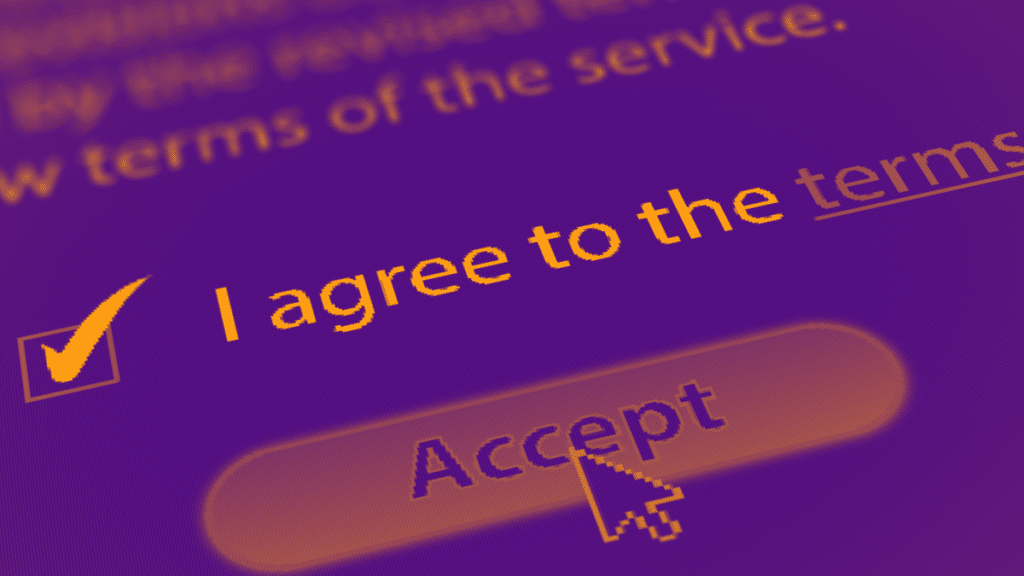The TLDR Act: Mandated Infrastructure for a Consumer-Centric and Transparent Internet
Anna Lenhart / Jul 11, 2023Anna Lenhart is a Policy Fellow at the Institute for Data Democracy and Politics at The George Washington University. Previously she served as a Technology Policy Advisor in the US House of Representatives.
Today, Representative Lori Trahan (D-MA), Senator Bill Cassidy (R-LA) and Senator Ben Ray Luján (D-NM) reintroduced the Terms-of-service Labeling, Design and Readability (TLDR) Act. Put simply, the bill requires that commercial websites and mobile apps create summary terms-of-service statements.
Many will read the coverage of TLDR and think,“great bill title, but all this does is set up a notice and consent regime for consumers.” As someone who advised on an earlier version of this bill while serving as an aide to Rep. Trahan, I want to challenge the tech policy community to read a bit closer and consider the implications beyond data transparency, including algorithm transparency and insights for online safety and research.
First, TLDR focuses on terms-of-service readability. This includes mandating a summary statement for privacy policies, clauses related to the right to attribution for content creators (moral rights) and class action waivers – anything a user must “agree” to before using a service. Additionally, with the enactment of Article 14 in the EU Digital Services Act, terms-of-service may begin to include more details that consumers, advocates and lawmakers care about: content moderation policies, details regarding how complaints are handled and protections websites have in place for children. This is pertinent information but only if it can be easily located, parsed and scraped.
That is why Section 2 (e) may be the most exciting part of the bill.Section 2(e) directs the Federal Trade Commission (FTC) to use its rulemaking authority to require “tags” next to key clauses in online terms-of-service via an interactive data standard like XML.
The legal language in the bill was inspired by the Securities and Exchange Commission’s 21st Century Disclosure Initiative, now enshrined in law, that made financial disclosures more structured and machine readable. I know a machine readability web standard does not seem ground breaking, and truthfully the impact will only be clear after the FTC completes the rulemaking process (likely with input from international web standards bodies), but there is noteworthy potential for this enforceable standard to empower civil society and researchers to build tools for consumers. Examples include:
- Web developers could more easily build browser extensions that indicate via a color or icon if a particular data type (example: audio) is collected by a website or build interfaces that help users get personalized summaries of terms before pressing “I agree.”
- Open Terms Archive, a project incubated within the Office of the French Ambassador for Digital Affairs has created a standard approach to voluntarily tagging the contractual terms on websites. This allows the organization to track notable changes that companies may otherwise hope go unnoticed. Open Terms Archive documentation is used by partners such as Terms of Service Didn’t Read, to create a set of score cards for companies' privacy policies. An interactive data format would have the potential to greatly reduce the amount of time Open Terms Archive volunteers spend organizing website terms and expand the number of services the organization could cover.
- Terms We Serve With, a project led by Bogdana Rakova, Megan Ma, Renee Shelby has been exploring the way terms-of-service contribute to algorithmic harms through information asymmetries. They are considering ways that terms-of-service could be shaped through participatory mechanisms. An interactive data format could make it easier for their project to compare existing terms with co-constructed user agreements or create browser extensions that introduce friction (slow/block access) to services that are in conflict with an individual’s or community’s values.
- Consumer groups could more easily maintain tables that compare consumer practices among platforms in a specific service (how do Uber’s terms compare with Lyft’s? Instagram’s with TikTok’s? Duck Duck Go’s with Google’s?) in a side by side graphic that can be updated in real time, encouraging a “race to the top” on data protections (that may be too optimistic absent antitrust reform, but imagine…)
TLDR is framed as a bill to give consumers more information, and that is certainly true. But it could also be useful to academics and civil society. To be clear, the bill text does not direct the FTC to implement the projects or user interfaces described above, it simply puts the rule of law behind a mandate that websites use a machine readable standard that makes projects like those listed above (and so many others) possible, or at least more impactful.
This bill does not address all the threats posed by technology companies today, but it solves a real problem that will only become more challenging as applications like generative AI enter our daily life and challenge notions of human autonomy.
There is no such thing as a perfect bill, especially when they are first introduced. But if you are an academic or working on tech policy issues in civil society and could make use of structured terms-of-service to develop new insights, I challenge you to look past the press coverage and engage in the conversation around this bill not as a “privacy” bill but as a pathway for consumer understanding and independent oversight of the digital services that so significantly impact our lives.
Authors

